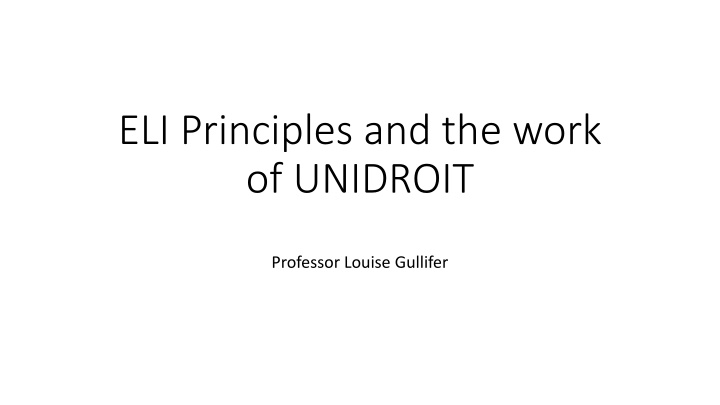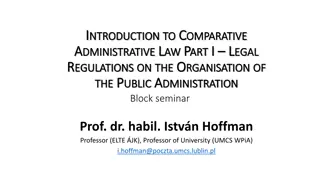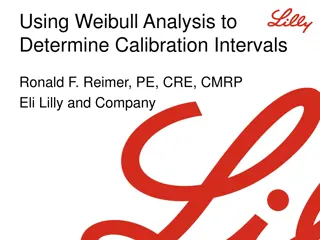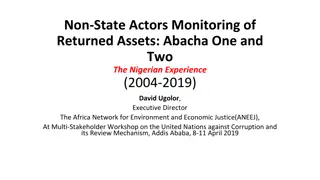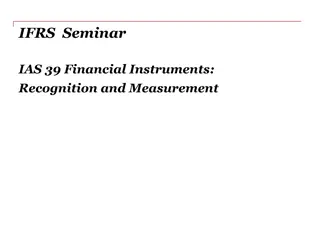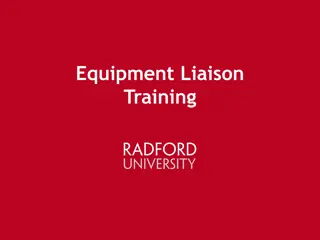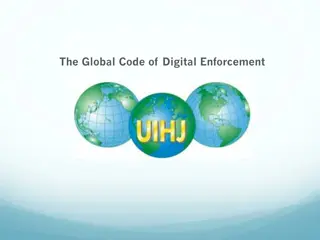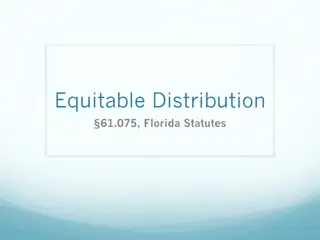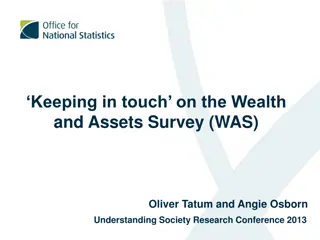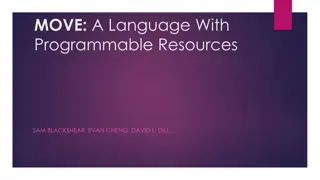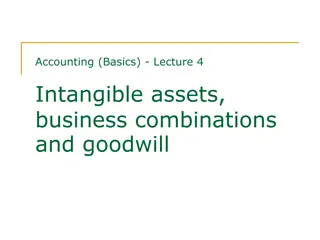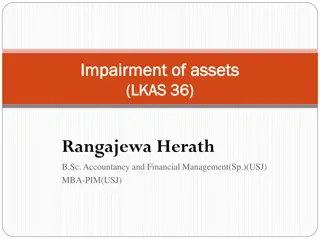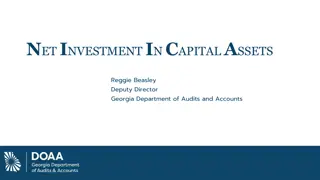A Comparison of ELI and UNIDROIT Principles on Digital Assets
A comparison between the principles of Electronic Liability Initiative (ELI) and the International Institute for the Unification of Private Law (UNIDROIT) regarding digital assets. ELI focuses on security over digital assets, while UNIDROIT covers a broader range, including transfers, custody, and more. UNIDROIT's principles delve into substantive rules for digital assets, defining control, transfer, innocent acquisition, and priority rules, among others.
Download Presentation

Please find below an Image/Link to download the presentation.
The content on the website is provided AS IS for your information and personal use only. It may not be sold, licensed, or shared on other websites without obtaining consent from the author.If you encounter any issues during the download, it is possible that the publisher has removed the file from their server.
You are allowed to download the files provided on this website for personal or commercial use, subject to the condition that they are used lawfully. All files are the property of their respective owners.
The content on the website is provided AS IS for your information and personal use only. It may not be sold, licensed, or shared on other websites without obtaining consent from the author.
E N D
Presentation Transcript
ELI Principles and the work of UNIDROIT Professor Louise Gullifer
The information in this Powerpoint represents the current view of the UNIDROIT Working Group but that the project is still work in progress, and the views may be refined or changed. Nothing in this Powerpoint can be quoted as UNIDROIT s opinion. More details of the UNIDROIT Project are available at https://www.unidroit.org/work-in-progress/digital-assets-and-private- law/#1622753957479-e442fd67-036d This site will be updated as the work of the project progresses.
Main similarities and differences between ELI Main similarities and differences between ELI project and UNIDROIT project project and UNIDROIT project ELI UNIDROIT SIMILARITIES Focused on private law Focused on private law Technical and legal cultures neutral Technical and legal cultures neutral Principles not rules Principles not rules Defers many issues to national law Defers many issues to national law DIFFERENCES Focuses on taking security over DAs Not limited to taking security: covers outright transfers, custody and other matters Covers all aspects of taking security Only provides substantive principles where considered necessary because of special features of digital assets
UNIDROIT Principles: substantive rules UNIDROIT Principles: substantive rules Proposition of substantive law Digital assets can be the subject of proprietary and security rights Supporting analysis Definition of digital asset Definition of control as ingredient of definition of digital asset Definition of control and person in control Definition of transfer and of IA Application of IA rule to assets held with a custodian Definition of control Definition of custodian Conflict of laws rule Innocent acquisition rule and shelter principle A security right in a digital asset can be made effective against third parties by control Definition of control A security right in a digital asset can be made effective against third parties by control Innocent acquirer rule A security right in a digital asset can be made effective against third parties by control Priority rules where security right in a digital asset is made effective against third parties by control Rights and interests of an innocent acquirer and a secured creditor who has made its security right in a digital asset effective against third parties by control are effective on insolvency
UNIDROIT conflict of laws approach: waterfall UNIDROIT conflict of laws approach: waterfall 1. IF NOT then: 2. Law specified in the system or platform IF NOT then: 3. The UNIDROIT Principles and, to the extent that the issues is not dealt with in the Principles, the law applicable by virtue of the rules of private international law of the forum. Law specified in the asset
